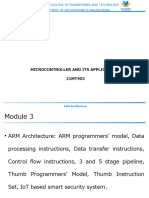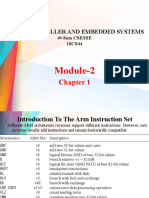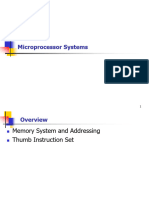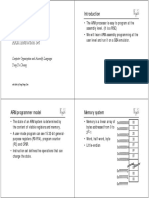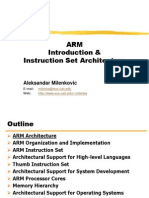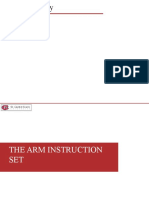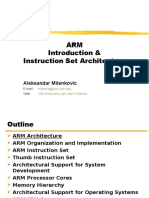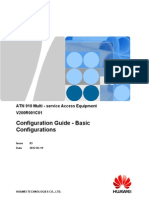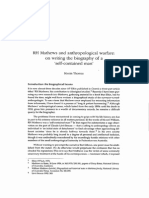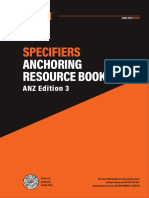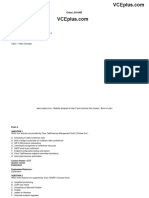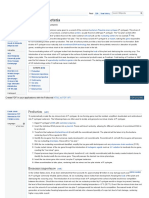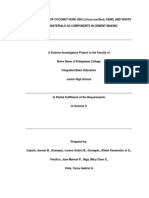0% found this document useful (0 votes)
16 views68 pagesModule 2
This document outlines the syllabus for the Computer Organization and Architecture course, detailing topics such as data processing instructions, loops, branches, subroutines, and stacks. It covers ARM assembly language instructions including arithmetic, logical operations, and data transfer methods. The document also provides examples of instruction usage and addressing modes in ARM architecture.
Uploaded by
cheetah69757Copyright
© © All Rights Reserved
We take content rights seriously. If you suspect this is your content, claim it here.
Available Formats
Download as DOCX, PDF, TXT or read online on Scribd
0% found this document useful (0 votes)
16 views68 pagesModule 2
This document outlines the syllabus for the Computer Organization and Architecture course, detailing topics such as data processing instructions, loops, branches, subroutines, and stacks. It covers ARM assembly language instructions including arithmetic, logical operations, and data transfer methods. The document also provides examples of instruction usage and addressing modes in ARM architecture.
Uploaded by
cheetah69757Copyright
© © All Rights Reserved
We take content rights seriously. If you suspect this is your content, claim it here.
Available Formats
Download as DOCX, PDF, TXT or read online on Scribd
/ 68









